Udochi Umeha
Medical Laboratory Scientist @ SynLab Nigeria
GLAUCOMA - Can It Be Detected Early?

<p>Glaucoma is a group of eye diseases that damage the optic nerve, which sends visual signals from the eye to the brain. This damage can lead to vision loss or even blindness if not treated. The concerning part is that many people with early-stage glaucoma do not experience noticeable symptoms. By the time symptoms appear, such as changes in side (peripheral) vision, significant damage may already have occurred.</p><p><strong></strong></p><p><br></p><p>Studies show that at least half of all people with glaucoma are unaware they have it. However, the condition can be detected early through a comprehensive dilated eye exam, which helps identify it before serious damage happens. With early detection, glaucoma can be treated with medications or surgery, preventing further vision loss.</p><p><br></p><p>Who are those at risk?</p><p>While anyone can develop glaucoma, certain groups are more at risk. This includes African Americans over the age of 40, people over 60 (especially Hispanics/Latinos), and individuals with a family history of the disease. </p><p>Individuals having hyperopia (long sightedness) or myopia (short sightedness) are more at risk due to the fact that they are more prone to having ocular hypertension.</p><p>Also, individuals who have had an eye injury are also at risk.</p><p>This means that while some still think it is a disease that comes with old age, younger people have now been seen to be affected with it.</p><p><br></p><p>When can I take this eye exam?</p><p>If you fall into one of these higher-risk categories, it’s important to have a comprehensive dilated eye exam every 1 to 2 years. Taking these steps can help protect your vision and the vision of your loved ones.</p><p>Let me know if this was helpful or if you have any questions!</p>


GLAUCOMA - Can It Be Detected Early?
By
 Udochi Umeha
•
4 plays
Udochi Umeha
•
4 plays
 Udochi Umeha
•
4 plays
Udochi Umeha
•
4 plays
0:00 /
0:00
More from this series
More insights from Udochi Umeha
If I Had Known.... (A Discussion Providing Knowledge On Previously Or Ongoing Research For The Early Detection Of Disease Conditions)


Udochi Umeha
 Lagos, Nigeria
Lagos, Nigeria
 Lagos, Nigeria
Lagos, Nigeria
Part 1

Referral Earning
Points-to-Coupons
Insights for you.









 201
201






























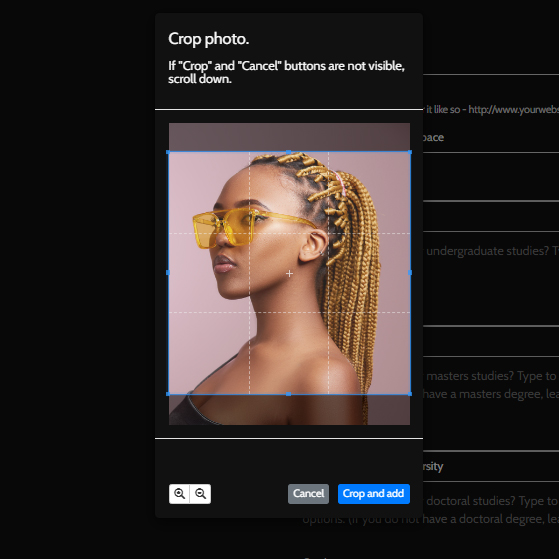
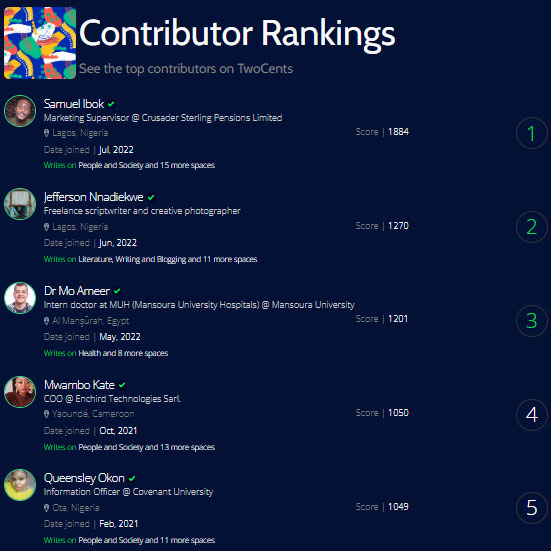


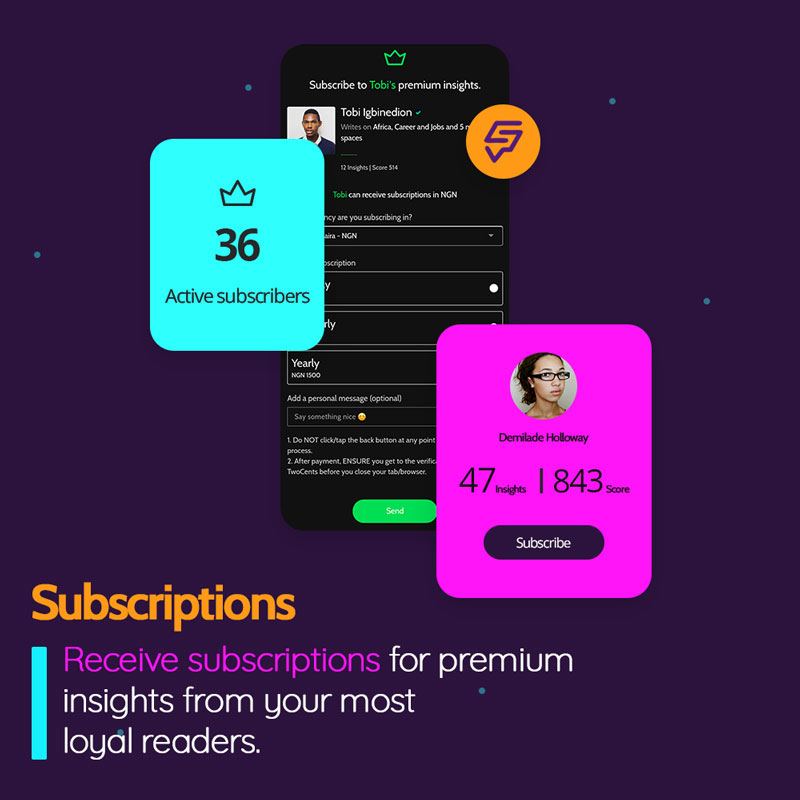
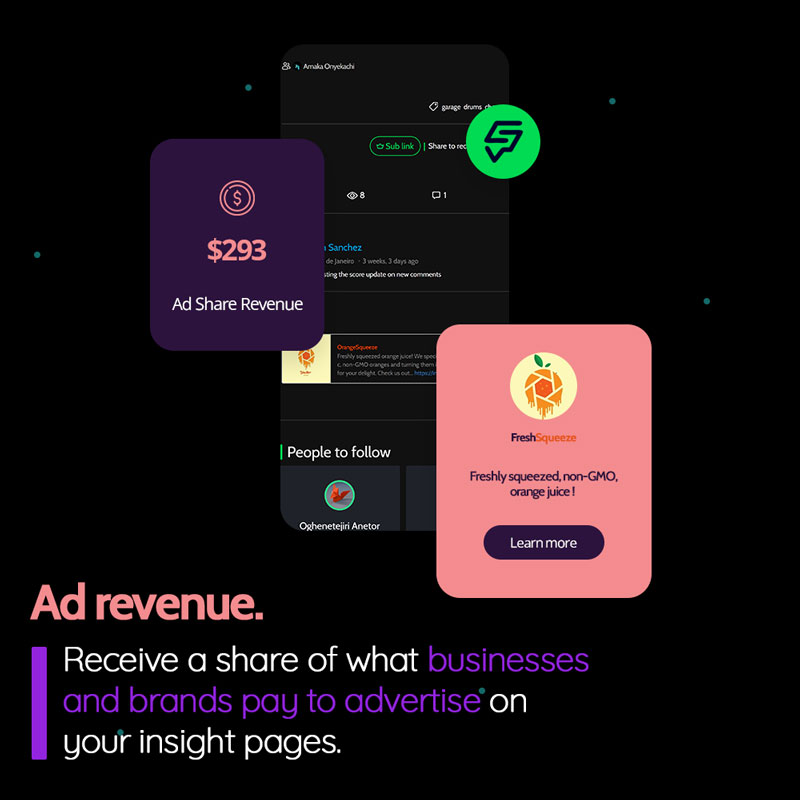
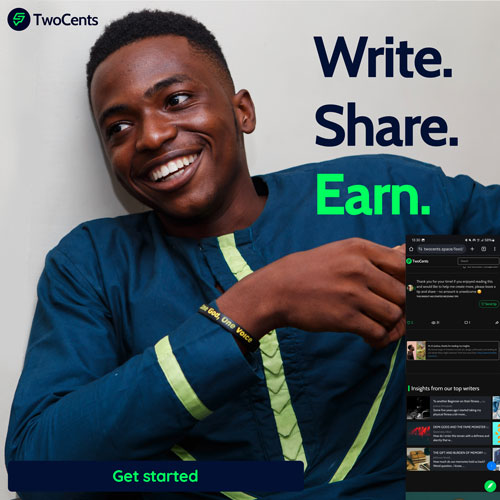
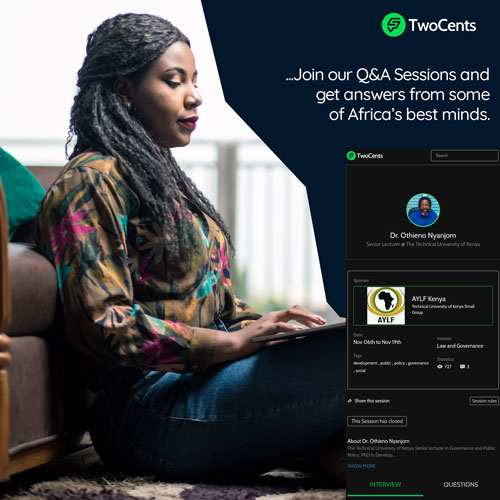

















Comments